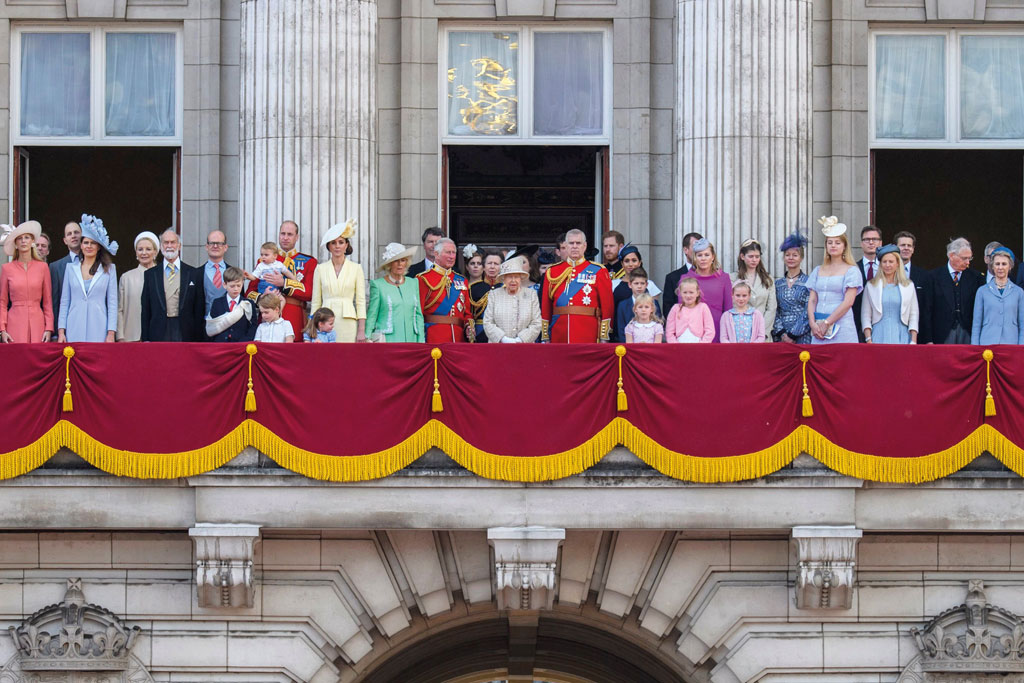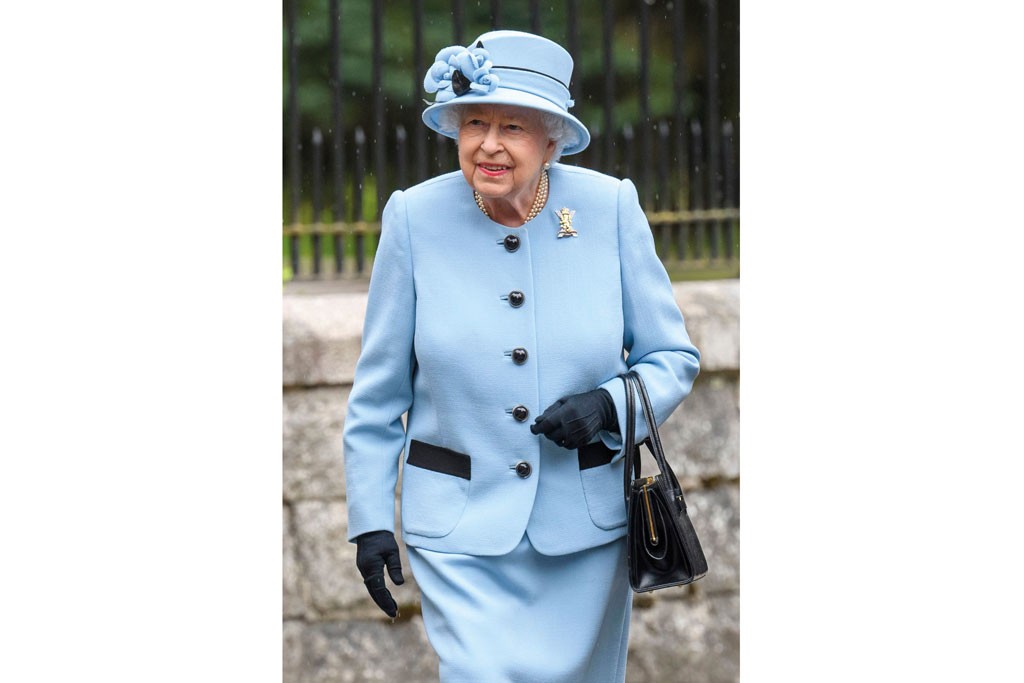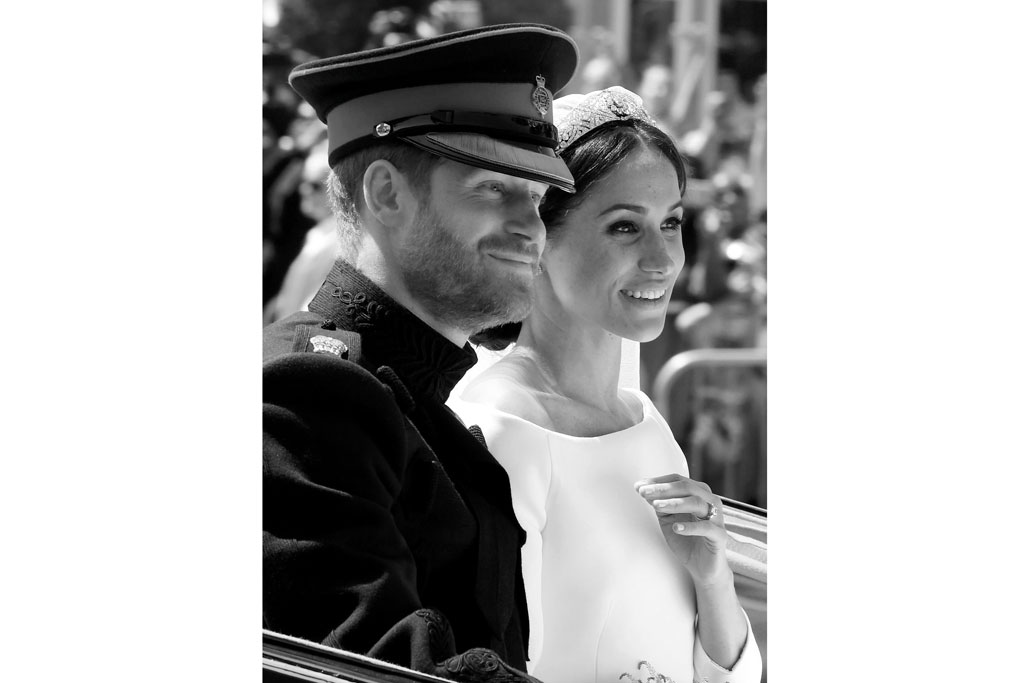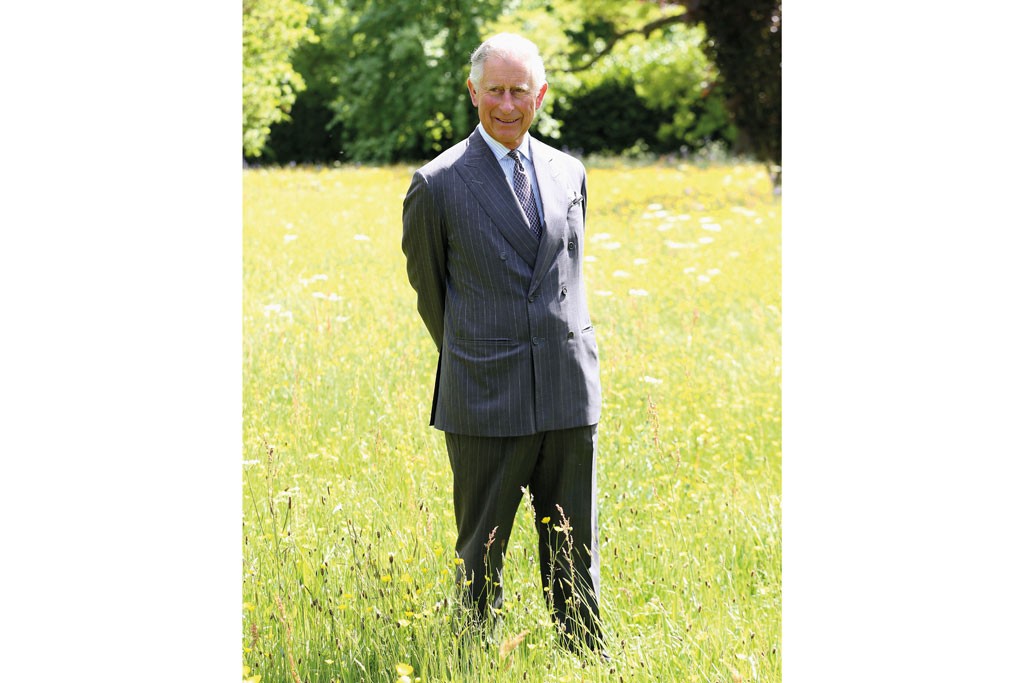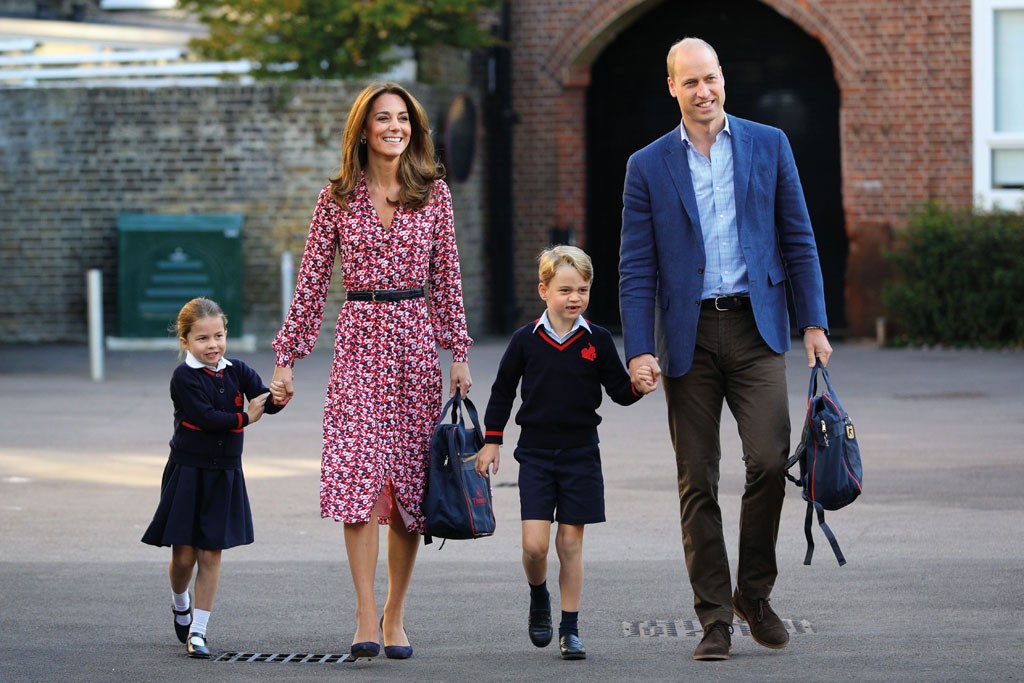Royal Family: Is the House of Windsor our Greatest British Brand?
The Royal Family are possibly the world's most recognisable brand...
This post may contain affiliate links. Learn more
Whether you’re behind the monarchy or not, The Firm’s influence is rising exponentially, says Roya Nikkhah
Windsor, Wales, Cambridge, Sussex. Like rock stars or supermodels, they are instantly identifiable by just one name. The monarchy ‘brand’ subtly and successfully blends tradition and innovation, since the royal family is both making history and breaking records with its longevity and modernity. The Queen, 94, is the longest-reigning British monarch in history and her image, famously immortalised by Andy Warhol, is arguably the most familiar brand in the world, having graced currency and postage stamps across the globe for 67 years.
And while Her Majesty may represent the steady traditions and solid public work long associated with the monarchy, younger members of the family are now taking their modern interpretation of the royal brand to millennials.
From the Prince of Wales’ lifelong passion and campaigning for the environment and sustainability to the Duke and Duchess of Cambridge’s focus on mental health or the Duke and Duchess of Sussex’s emphasis on conservation, youth education and female empowerment, the royal message has never felt more on-brand. Members of the royal family carry out more than 3,200 engagements a year across the UK and overseas, and from the nonagenarians at the top to the younger ‘woke’ dukes and duchesses, the royal generational span is having a bit of a moment.
‘For the first time since the reign of Queen Victoria, there are three generations of the royal family at work together in support of the Queen,’ says Sir Michael Stevens, Keeper of the Privy Purse, who oversees the royal coffers. ‘Each generation brings its own style and personality.’
The royal family has pulled off the ultimate public coup, according to a recent YouGov survey, which listed the words that royal fans associate with each member of the monarchy. The Queen is perceived as ‘admirable, hard-working, respected, dignified and dedicated’, while Prince Charles is seen as an ‘environmentalist’ who’s ‘genuine, committed, intelligent, knowledgeable’. The Duke of Cambridge is ‘genuine, responsible, likeable’ and ‘a good role model’, with the Duchess of Cambridge seen as ‘admirable, beautiful’ and ‘a good role model’. While Prince Harry was once known as ‘the playboy prince’ for all the wrong reasons, according to the survey, he is now seen as ‘humorous, confident’ and ‘fun-loving’, while the Duchess of Sussex is ‘charming, beautiful’ and ‘admirable’.
Meghan has breathed new life into the institution since she married Prince Harry last year. Their Windsor wedding combined tradition, pomp and ceremony with all the modern twists – a gospel choir, an American preacher and a poised bride walking down the aisle of St George’s Chapel. The ‘Sussex brand’ was born on that picture-perfect spring day. The union of an American, mixed-race, former actress with a successful career under her belt, and a prince of the realm in his military uniform – a mark of his support for the armed forces and his own service on the front line – was the match of a truly modern royal couple. Watched by an estimated global audience of 1.9 billion, the spectacle projected an overwhelmingly positive vision of ‘UK plc’.
Theirs has continued to be a powerful brand, particularly popular with young people who tune into royal news on social media. Earlier this year, Harry and Meghan broke a Guinness world record with the launch of their Instagram account, Sussex Royal, amassing one million followers in the record time of five hours and 45 minutes. With 11.3 million followers at the last count, the Sussexes are an appealing brand for the Instagram generation.
Penny Junor, the royal biographer, believes Meghan’s arrival into the royal fold has helped bring the royals ‘right up to date’ with the wider public. ‘We live in a multicultural and multiracial society, and now our monarchy reflects that and a broader section of society [is able to] see someone within the royal family who represents them,’ she says. ‘Together with the younger royals being more relaxed and open in their approach to the public, and talking about their feelings, the royal family feels more relevant – they have refreshed the brand.’
The Queen may be in her nineties, but she remains as intuitive as ever on how best to harness the appeal of the royal family and she is acutely aware that the Sussexes’ youthful, diverse and modern image has a global appeal. Earlier this year, she appointed Harry and Meghan as president and vice president respectively of the Queen’s Commonwealth Trust, an organisation connecting young people across the Commonwealth and championing young global leaders.
Vivienne Westwood for Great British Brands 2020: Exclusive Interview and Photoshoot
Last autumn, the Sussexes undertook a hugely successful tour of Africa on behalf of the government, and earlier in the year they travelled to Morocco on official business. In 2018, Australia, New Zealand, Fiji and Tonga were on their itinerary. That ‘soft power’, as the Foreign and Commonwealth Office calls the non-political but diplomatically significant role of the royal family overseas, helps boost bilateral and trade relationships, and is seen as an essential deployment of the brand.
David Haigh, chief executive of business consultancy firm Brand Finance, says: ‘They are like a giant PR campaign for the UK. The monarchy is Britain’s national treasure, both symbolically and economically. Especially in the age of Brexit, Britain can rely on royal diplomacy to facilitate trade relations with the Commonwealth and the rest of the world. Today, its universal appeal translates to the attraction of Brand Monarchy, offering considerable commercial benefits to all businesses and institutions associated with it.’
The Sovereign Grant accounts published in June recorded that the royal family cost each UK taxpayer £1.24 last year. Not bad going, considering a Brand Finance report estimated the monarchy’s annual contribution to the UK economy at around £1.7 billion. According to the report: ‘the appeal of pomp and circumstance set in living royal residences draws millions of tourists; the mystique surrounding the monarchy adds to the popularity of shows like The Crown and Victoria that offer a glimpse of the private lives of the royal family.’
The Best Royal & Historical Dramas to Watch Right Now
The boost that royals bring to the fashion industry is often instant. When the Duchess of Cambridge wears an outfit, it can sell out within hours and the ‘Kate effect’ alone is estimated to be worth more than £200 million a year to the industry. Daniella Helayel, the founder of Issa London, was among the first to experience it when the then Kate Middleton wore an Issa dress for her engagement photocall with Prince William in 2010. ‘We didn’t have a TV at the studio and this was pre-Instagram, but we soon knew Kate was wearing Issa because at four o’clock the phones began ringing and didn’t stop. It was bonkers.’
According to fashion website Lyst, the ‘Meghan effect’ is pretty punchy too; a designer whose clothing is worn by the Duchess of Sussex typically sees a 200 percent spike in internet search volume the following week. When Meghan recently launched a capsule collection for the Smart Works charity, which helps women back into employment, the tote bag from the range sold out within hours.
Brand Finance’s report also assesses the monarchy’s impact on other brands, noting that ‘respect for the institution boosts the price and volume premium of brands boasting a Royal Warrant’. According to Forbes, the ‘royal effect’ earns warrant holders – companies that supply goods or services to the royal family – around £190 million a year.
While the Duke of York’s image has been badly damaged by the Jeffrey Epstein scandal, with some organisations choosing to distance themselves from Prince Andrew who has stepped down from public duties for ‘the foreseeable future’, royal patronage by other members of the royal family remains a much sought-after prize. Nick Crean, the director of Prestat chocolates, which holds a warrant as a purveyor of chocolates to the Queen, says: ‘The Royal Warrant means quality, but it often signifies excellent sustainability credentials too, which young people particularly care about now.’
Crean is also the vice president of the Royal Warrant Holders Association, and not only sees the royal family at work, but also their impact. ‘The royal family is a brilliant brand, because what they understand is the importance of generational handover. ‘The Queen is a constant and Prince Charles is much more in tune with the younger generation than many have given him credit for. Just look at his ability to foresee the importance of environmental concern about plastics and the ocean and the importance of food sourcing.
‘A Royal Warrant is a great honour and the monarchy is a potent brand. But just as the royal family always despairs when people over-commercialise that link, what the younger members need to beware of is not over-commercialising the royal brand. It doesn’t need it.’
Put simply, ‘the royal family is huge’, says Junor. ‘They are our biggest brand, outstripping any other company or institution. There have been hiccups along the way, but they overcome them with a strength and integrity built up over generations. The world is a maelstrom of uncertainty, but amidst it is the House of Windsor, standing for decency and stability. The best of British.’
Roya Nikkhah is the Royal Correspondent for The Sunday Times; @royanikkhah
This article first appeared in the 2020 Great British Brands by Country & Town House issue

